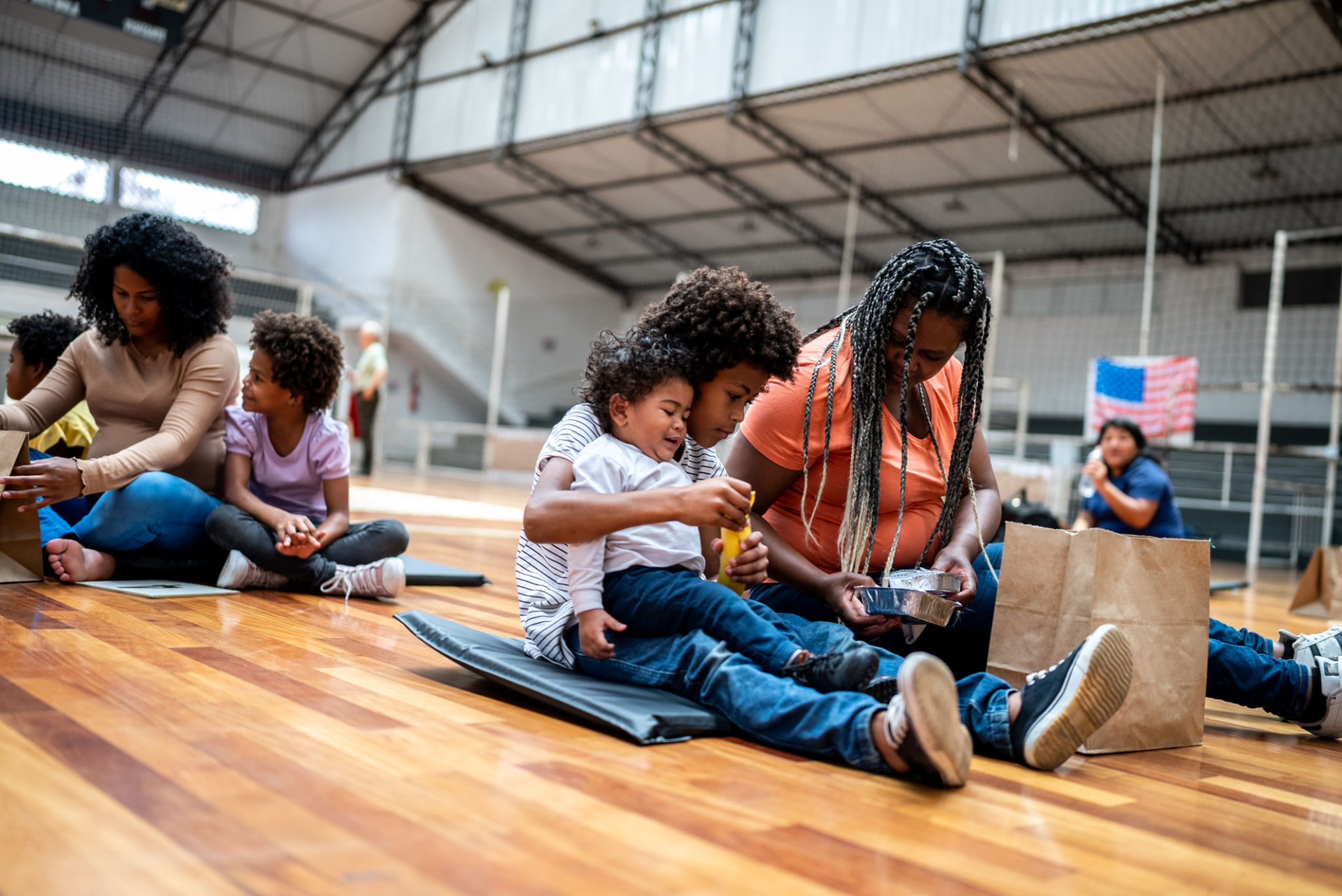The Impact of War on Families: Themes Explored in 'Children of a Hope'
Understanding the Impact of War on Families
The ravages of war extend far beyond the battlefield, leaving indelible marks on the lives of those it touches. In 'Children of a Hope', these impacts are explored through the eyes of families struggling to navigate the complexities of life amidst conflict. The novel delves into how war affects familial bonds, mental health, and the very fabric of community life.
War introduces a host of challenges that can fracture family units, leaving members to grapple with loss, displacement, and trauma. The narrative in 'Children of a Hope' poignantly illustrates these struggles, offering readers a window into the emotional and psychological turmoil experienced by families caught in the crossfire.

The Fragmentation of Family Bonds
One of the central themes in 'Children of a Hope' is the fragmentation of family bonds. War often separates families, whether through physical displacement or emotional estrangement. The novel highlights how parents are torn from children and siblings from one another, creating a sense of loss and longing that permeates their lives.
This separation is not only physical but also emotional. The stress and trauma of war can lead to strained relationships, as individuals struggle to cope with their own grief while supporting loved ones. In 'Children of a Hope', characters find themselves grappling with feelings of helplessness and guilt, as they attempt to preserve their familial connections in the face of overwhelming odds.

Mental Health Struggles Amidst Conflict
The psychological impact of war on families is another critical theme explored in 'Children of a Hope'. The novel sheds light on the mental health struggles faced by those living in conflict zones, emphasizing how trauma can manifest in various forms, such as anxiety, depression, and PTSD.
For many characters in the story, these mental health challenges are compounded by a lack of access to support and resources. The narrative underscores the importance of understanding and addressing these issues, as mental well-being is crucial for rebuilding lives and fostering resilience in post-war environments.

Community and Resilience
Despite the hardships depicted in 'Children of a Hope', a recurring theme is the resilience of communities and the power of hope. War may tear families apart, but it can also bring people together in unexpected ways. The novel highlights moments of solidarity and support, where individuals band together to create new familial structures and find strength in unity.
This spirit of resilience is central to the narrative, offering a message of hope amidst despair. It serves as a reminder that even in the darkest times, the human spirit has an incredible capacity for endurance and renewal.
The Role of Memory and Legacy
Memory plays a significant role in 'Children of a Hope', as characters grapple with the legacy of war and its impact on future generations. The novel explores how memories of conflict shape identities and influence relationships, highlighting the importance of preserving stories and histories for posterity.
As families strive to rebuild their lives, they carry with them the lessons and scars of their experiences. These memories serve as both a reminder of past struggles and a source of inspiration for building a better future.

Conclusion
'Children of a Hope' offers a profound exploration into the impact of war on families. Through its intricate storytelling, it sheds light on the myriad ways conflict affects relationships, mental health, and community dynamics. By delving into these themes, the novel invites readers to reflect on the resilience of the human spirit and the enduring power of hope amidst adversity.